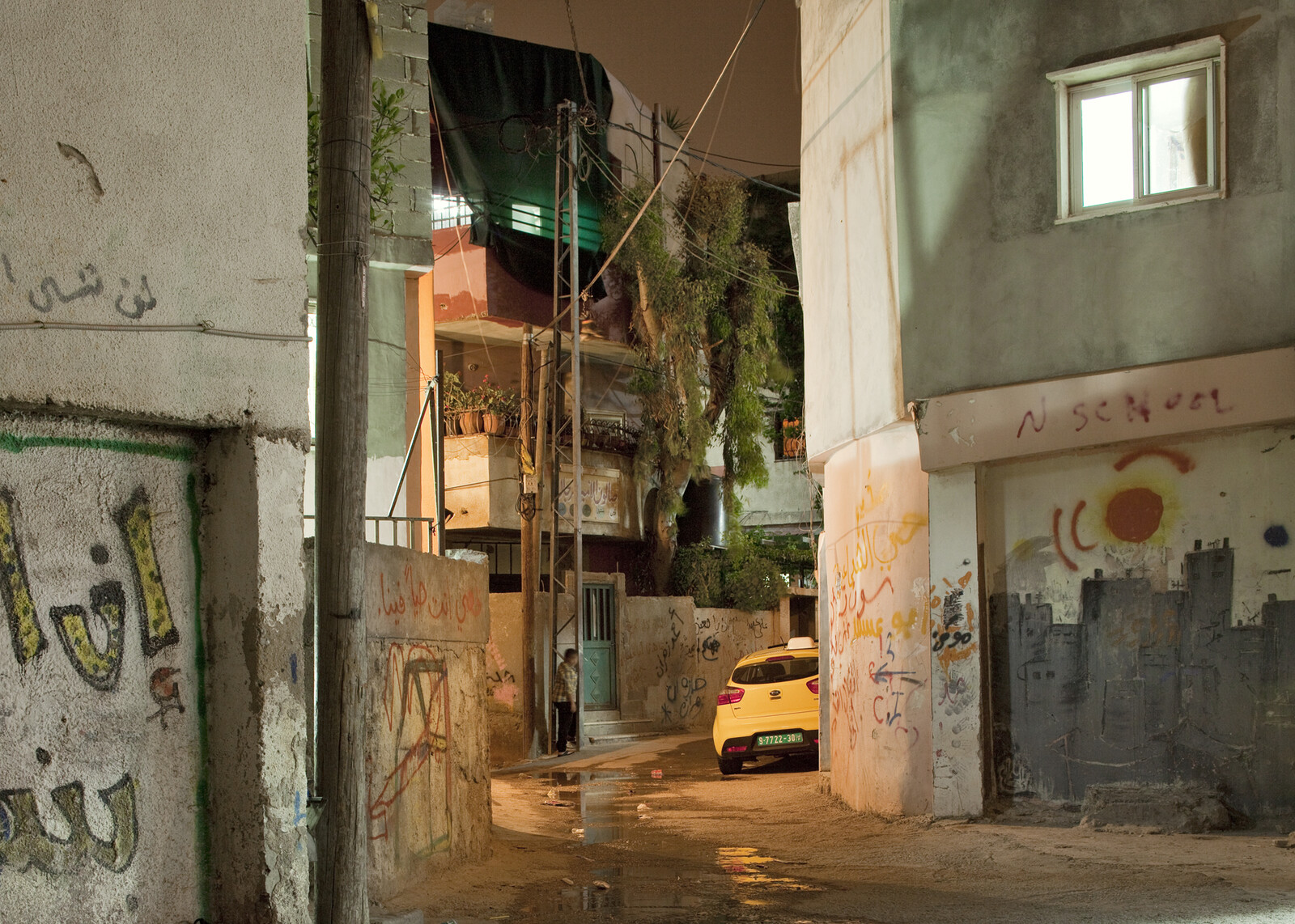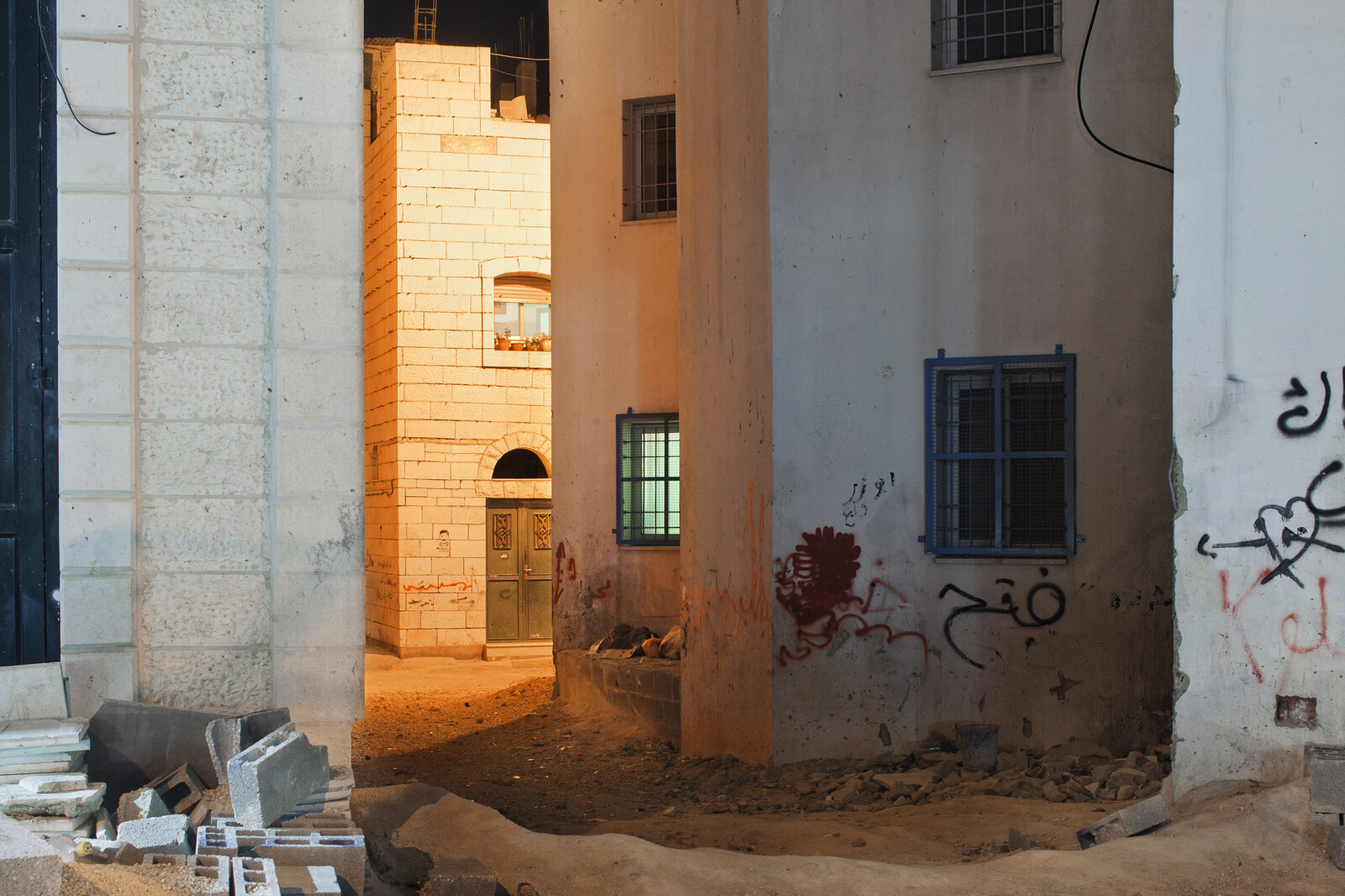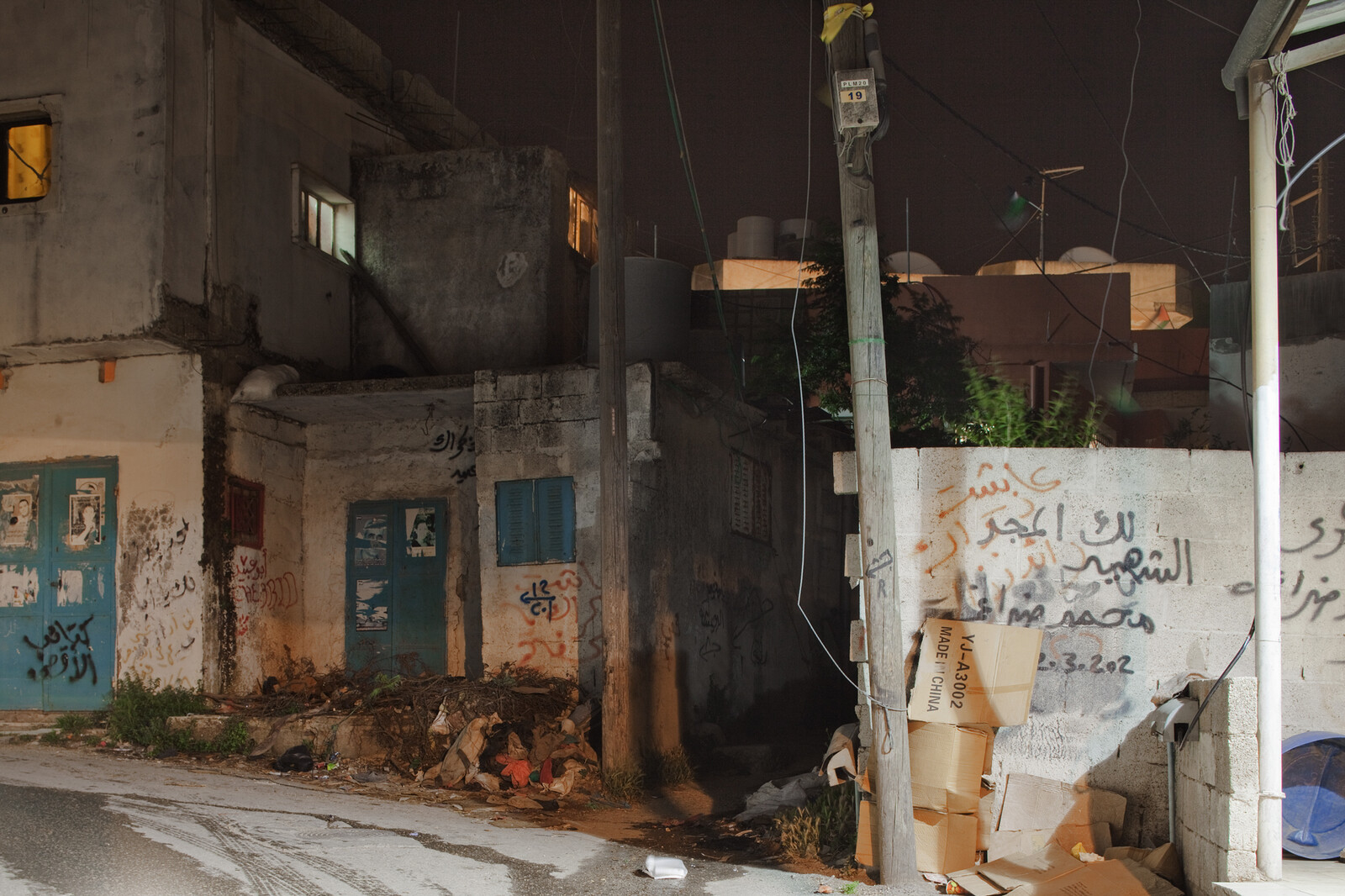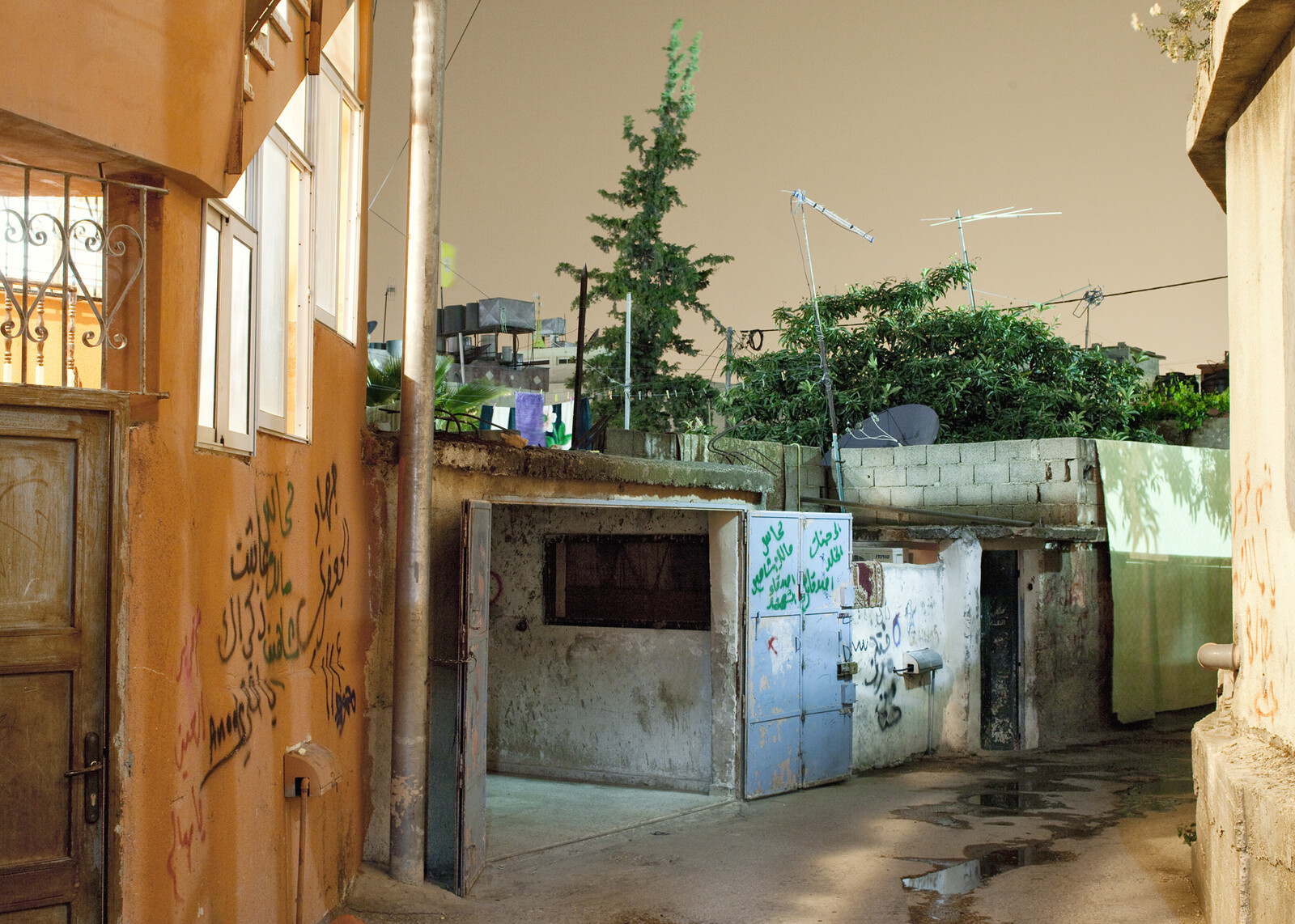Refugee Heritage was made possible by the Decolonizing Architecture course at the Royal Institute of Art in Stockholm, Sweden.
Refugee camps are established with the intention of being demolished. As a paradigmatic representation of political failure, they are meant to have no history and no future; they are meant to be forgotten. The history of refugee camps are constantly erased, dismissed by states, humanitarian organizations, international organizations and even self-imposed by refugee communities in fear that any acknowledgement of the present undermines a future right of return. The only history that is recognized within refugee communities is one of violence and humiliation. Yet the camp is also a place rich with stories narrated through its urban fabric. In tracing, documenting, revealing and representing refugee history beyond the narrative of suffering and displacement, Refugee Heritage is an attempt to imagine and practice refugeeness beyond humanitarianism.
Contemporary notions of heritage and conservation are buttressed by institutions of great power, which are often oriented towards cultural expropriation. UNESCO’s “Format for the nomination of properties for inscription on the World Heritage List (Annex 5)” is a monumental building built during a colonial era. Over the course of two years, organizations and individuals, politicians and conservation experts, activists, governmental and non-governmental representatives and proximate residents gathered to discuss the implications of nominating Dheisheh Refugee Camp as a World Heritage Site. Refugee Heritage seeks to deploy the potential for heritage to be mobilized as an agent of political transformation.
Refugee Heritage is comprised of the first four parts of the Annex 5 nomination dossier for the inscription of Dheisheh Refugee Camp as a World Heritage Site: Identification, Description, Justification, and Conservation.
On February 24, 2017, “Architecture of Exile: Refugee Heritage,” an event with Saud Amiry, Nikolaus Hirsch, Thomas Keenan, Jorge Otero-Pailos, Alessandro Petti and Sandi Hilal took place at e-flux. To view the recording, click here.
e-flux Architecture collaborated with DAAR (Decolonizing Architecture Art Residency) to produce a series of responses to Refugee Heritage on e-flux conversations. To view the responses, click here.
The UNESCO nomination dossier was originally prepared by DAAR (Alessandro Petti, Sandi Hilal, Sandy Rishmawi, Elsa Koehler, Isshaq Al Barbary, Mais Musleh) in consultation with Campus in Camps, Dheisheh Camp Popular Committee, Finiq Cultural Center, Ibdaa Cultural Center, Riwaq Center for Architectural Conservation and Centre for Cultural Heritage Preservation in Bethlehem. Special thanks to the Odah and Al Saifi families. Produced with the support of the Foundation for Art Initiatives and 5th Riwaq Biennale.
Author
Alessandro Petti (DAAR)
Refugee Heritage was made possible by the Decolonizing Architecture course at the Royal Institute of Art in Stockholm, Sweden.





